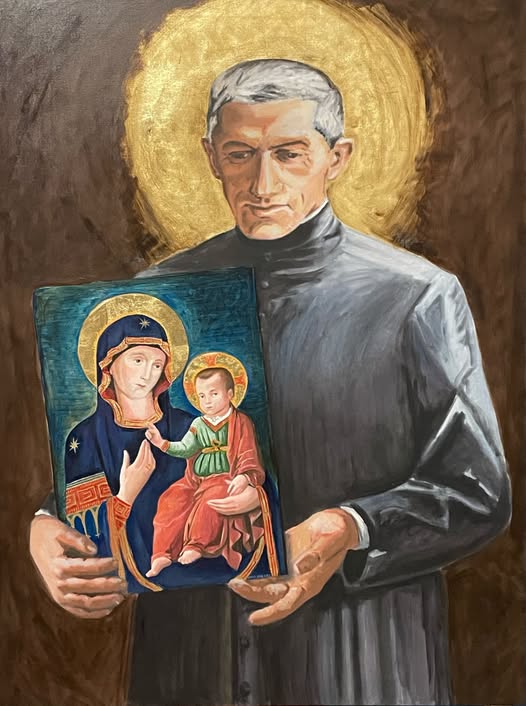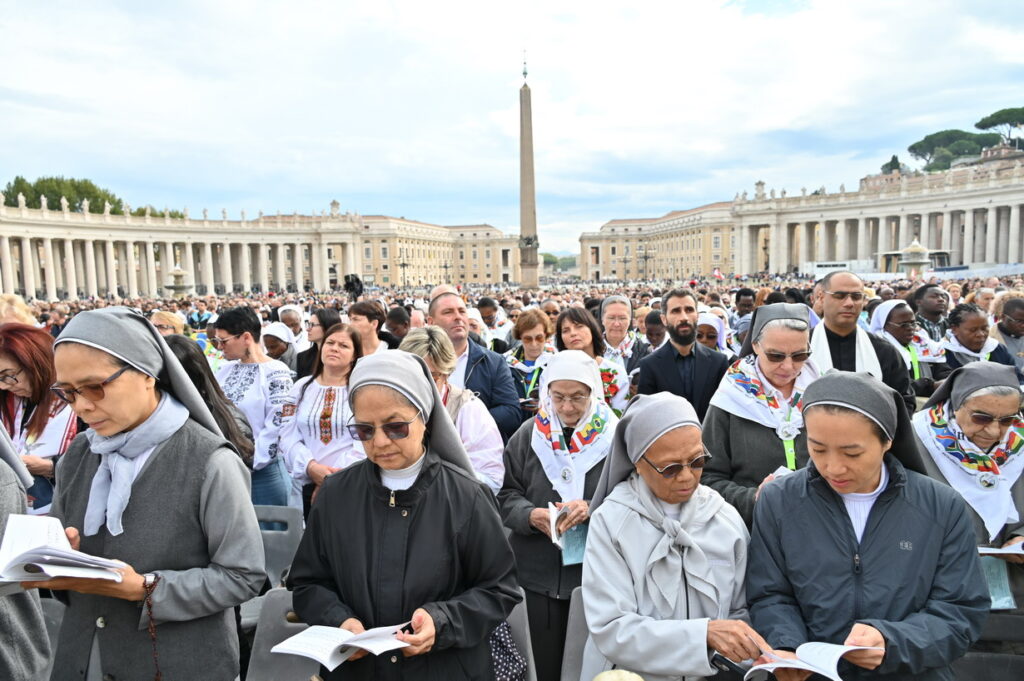
It is just a year after the canonization of our Founder, St. Joseph Allamano. It is interesting to hear voices that keep saying that it seems the passion and enthusiasm which we had before the canonization is going down.
By Jonah Makau *
The opinions about this matter are diverse, but most people seem to agree that when people are preparing for something, the passion is always high, but after they have achieved it, the enthusiasm goes down. In other words, when something is a dream, they expectations push emotions high, but as soon as the thing becomes a reality, the fire dies down. The risk of this truth is that to remain always high people are tempted to create “further dreams and expectations” to maintain the fire. Given that those “further dreams and expectations” may sometimes be merely human dreams motivated by the desire to prove a point, it is better to know to read and understand the signs of the time.

Generally, when we speak of the signs of the times, we refer to a broad range of significant events, trends, and occurrences in culture, society, or religion. Usually, we simply say signs of the time refer to current happenings that reveal important trends, whether in religious or cultural context. In a religious context, the phrase signs of the time refer to prophetic events foretelling future occurrences or the Second Coming of Christ. This concept originates from Jesus’ rebuke of the Pharisees and Sadducees in Matthew 16:1–3, where He criticizes their inability to discern the spiritual significance of His presence despite their ability to interpret natural signs. As missionaries, we understand the concept to stand for the Church’s responsibility to interpret contemporary events in light of the Gospel, recognizing both positive and negative developments in human history as part of God’s providence. The canonization of St. Joseph Allamano is another opportunity to use his spirituality to understand better the religious and spiritual significance of the events in the world, revealing the hidden signs through which God guide his people.
Whether it is true or not that the passion for the Founder has gone a bit down, the fact that our Founder is now a saint calls us to have our eyes more open than before, as far as our charism and its relevance in the world is concerned. In all that demands dynamism and continuous adjustment of thought, it is possible to fall in the trap of always looking for something new, exciting and popular, so as to keep the name of our Founder and the Institute always high. Although it is positive to search for newness, the newness should be preceded by our improved personal relationship with God. That is the only way our alleged acquired newness will not end up being an effort to move with the taste of the time, which is more of fashion than signs of the time.

If the newness we get is only at the surface of life, in things and in structures, we quickly become bored, and that boredom urges us to look for other new experiences, in order to be liberated from the sense of emptiness found in the previous ones. Like Moses, who after his encounter with God was able to present to the people of Israel the religious significance of the events of the exodus and those in the desert, making them into signs of time for the Israelites, similarly our Founder from heaven continues to inspire us to understand the spiritual significance of the events of the Institute, making them signs of time that orient our missionary work.
The canonization of our Founder reminds us that the signs of the time are criteria for updating our Institute in keeping with the gospel teaching. As criteria, they give us the standards, rules, or guidelines by which we should judge and evaluate our missionary work, our achievements and our dreams as an Institute. The signs of the time in fact, call for an extraordinary effort of availability on the part of the missionary, which involves an interior attitude of openness, equal to the new demands of mission. That availability is the ground upon which we should try to understand our Founder better.

One thing we are sure about for example is that St Joseph Allamano never liked noise. The triumphant attitude and the show of behaviour was never part of him. Maybe it is time to ask ourselves if the public show of excitement that we experienced just before the canonization was likeable to Him in heaven. Probably the alleged gradual fading of the “emotional temperature” after the canonization is another sign of time, calling us to avoid “doing things as others do”. Although we live in a world of communication and publicity, it is certain that even today, if our Founder was to step in front of us, he would still say “that is not my spirit”. Why? Because for him everything should be done well, and without noise.
As we approach the centenary of his death, St Joseph Allamano sends us to our mother, the Consolata who urges us to read the signs of time around us, just as she did at the wedding of Cana (John 2:1-12). May the Almighty God through the intercession of St Joseph Allamano help us to see and to understand the signs of time in the world we live.
* Father Jonah Makau, IMC, Postulation and History Office, Roma.



